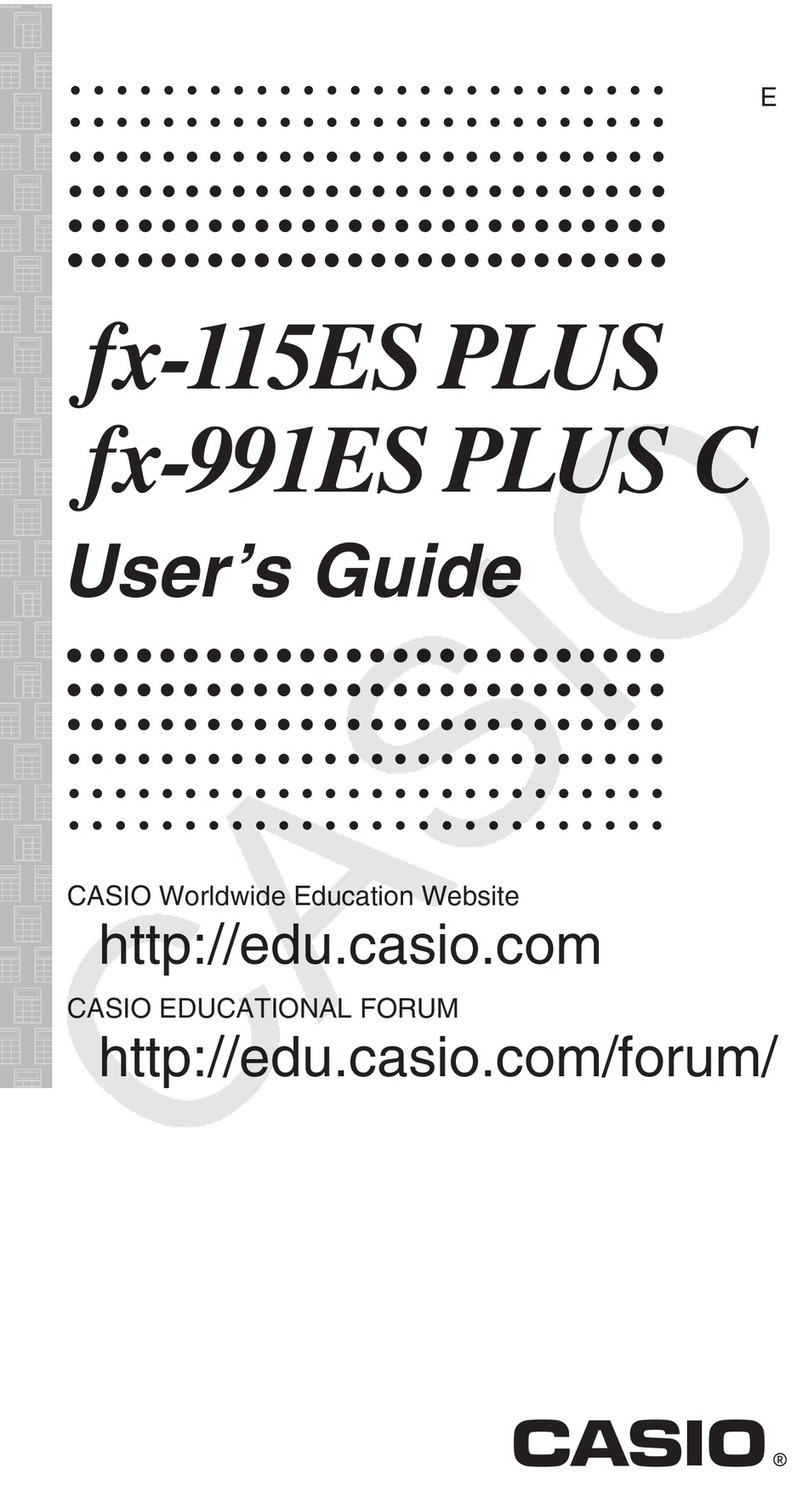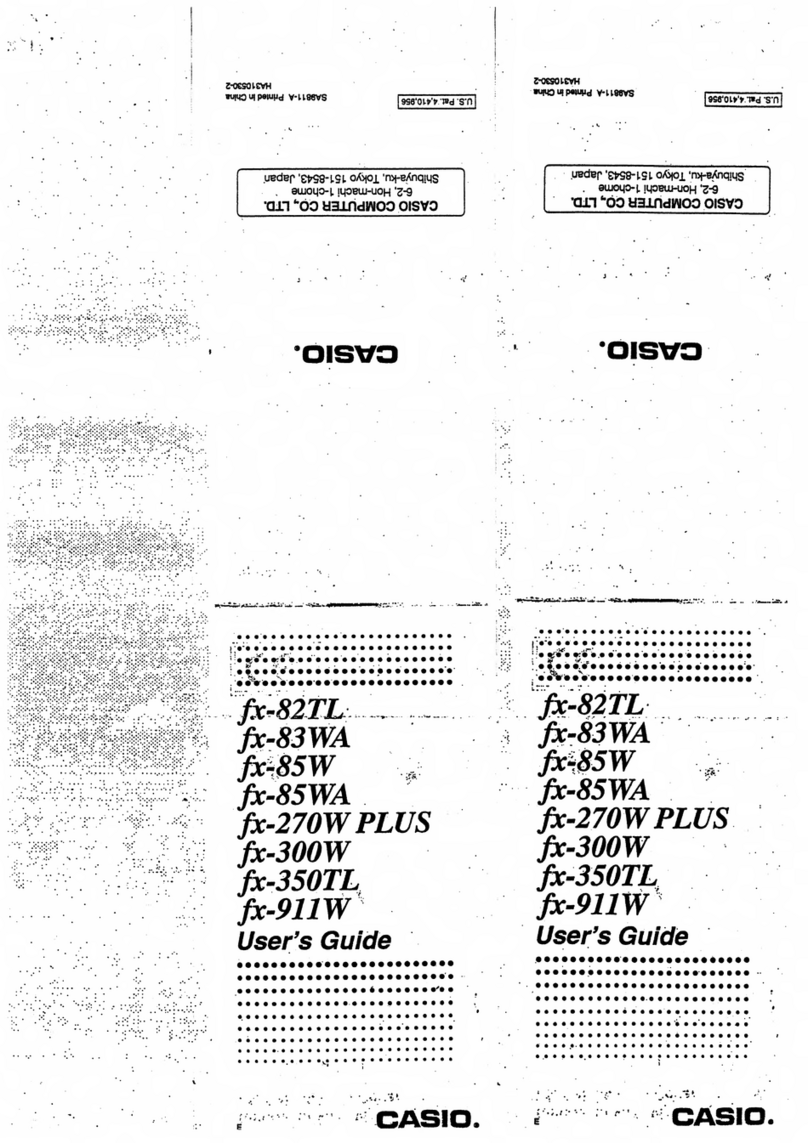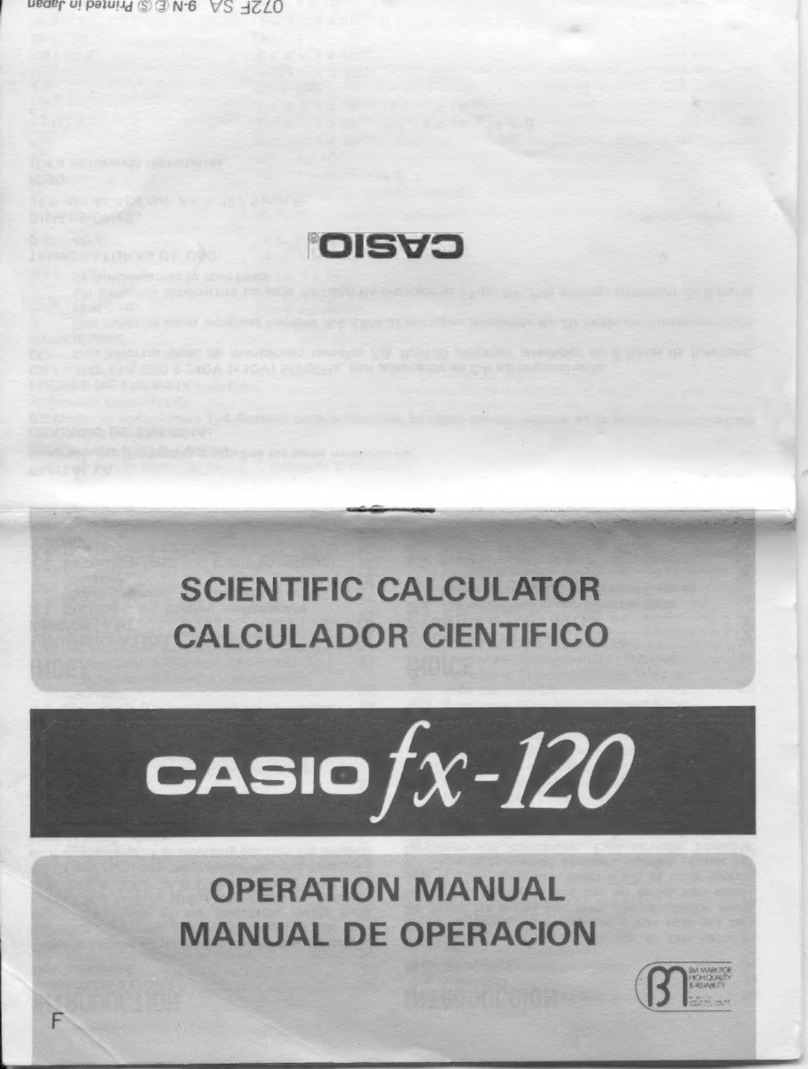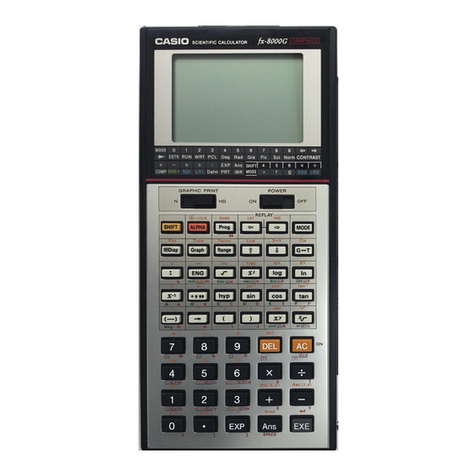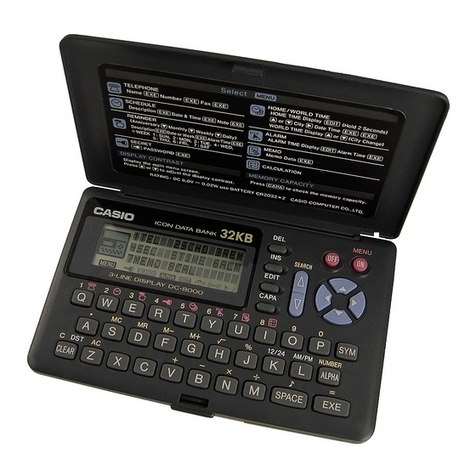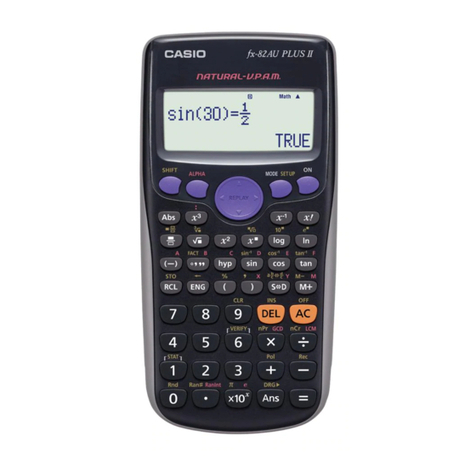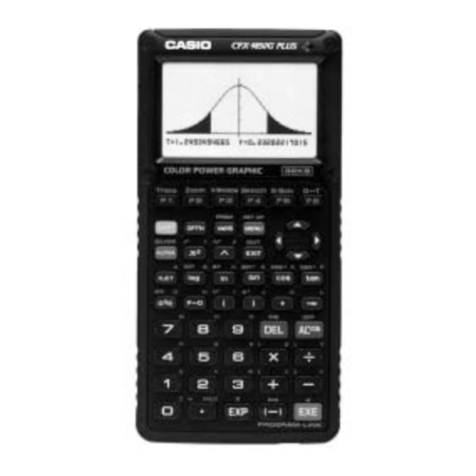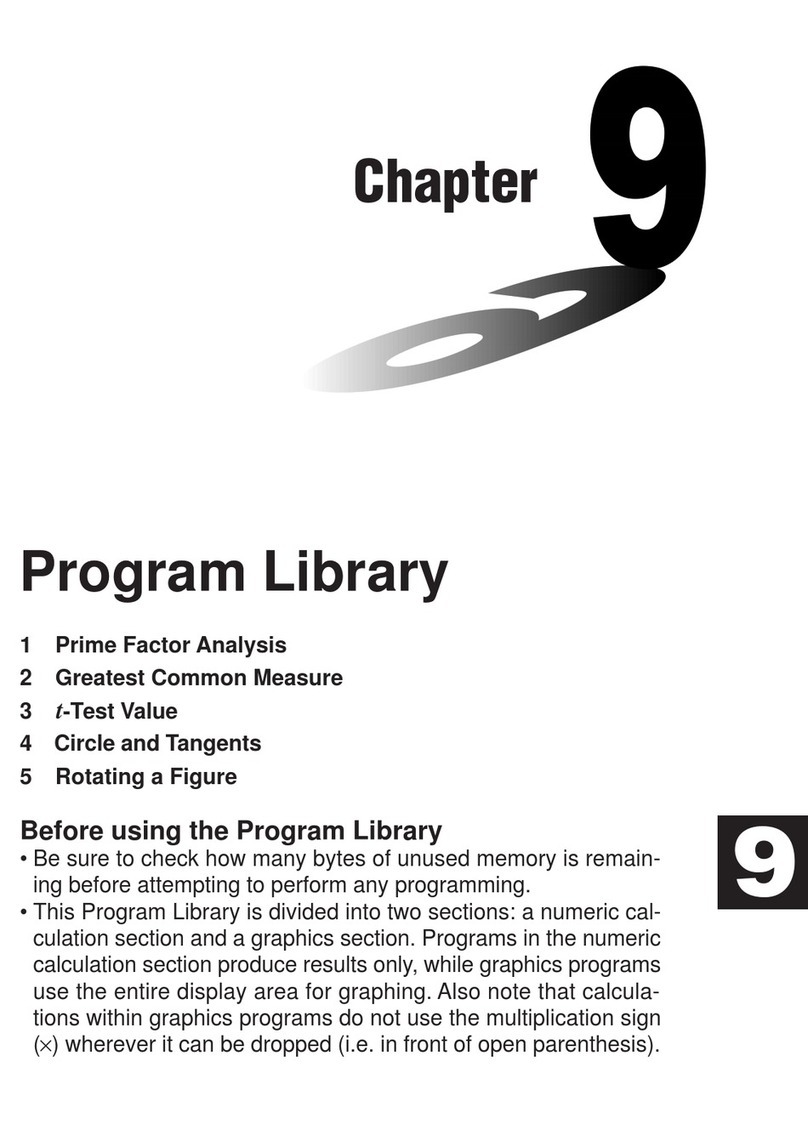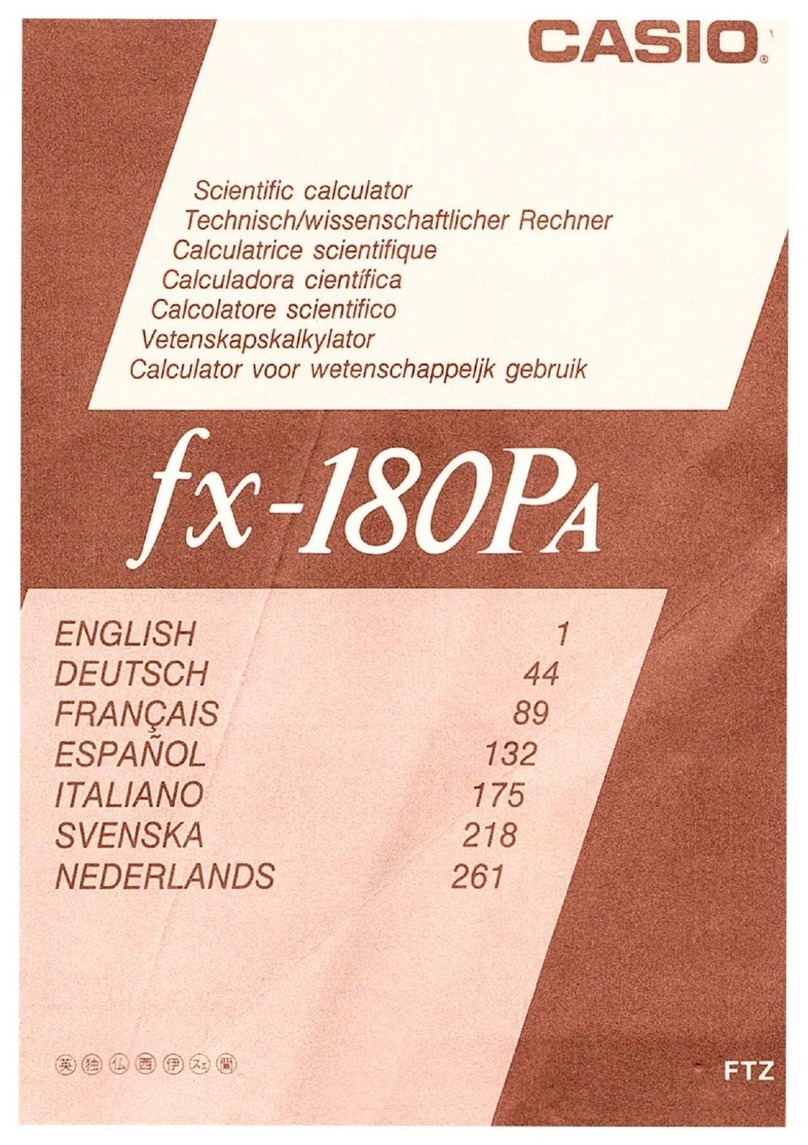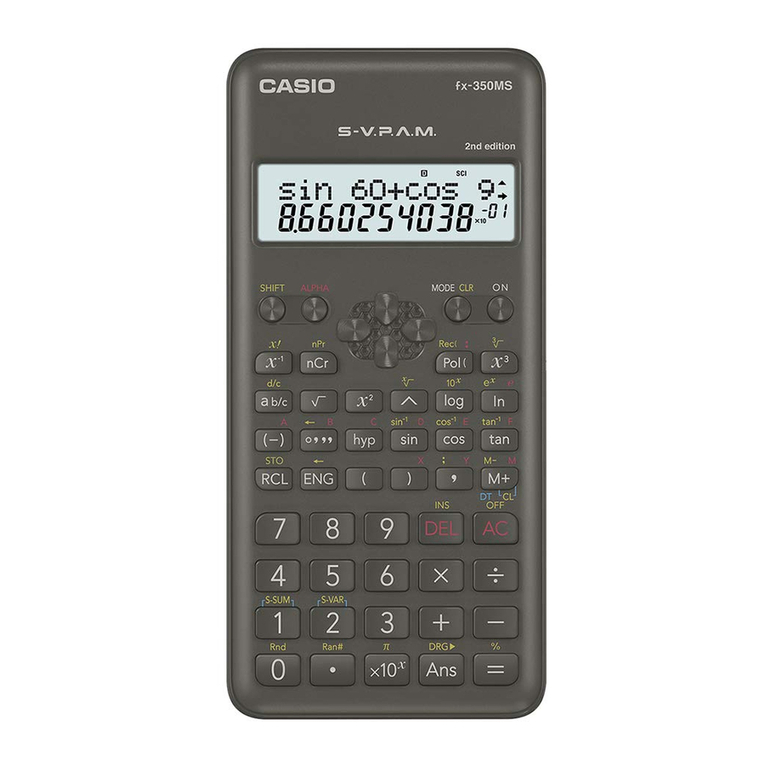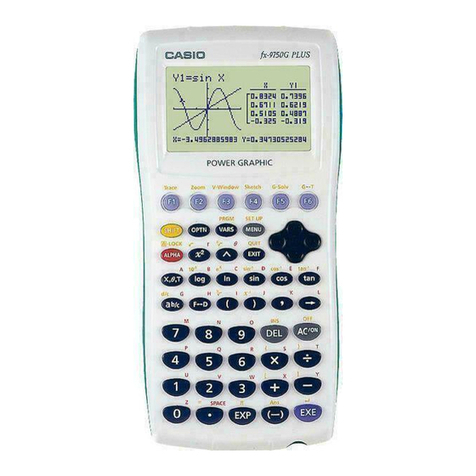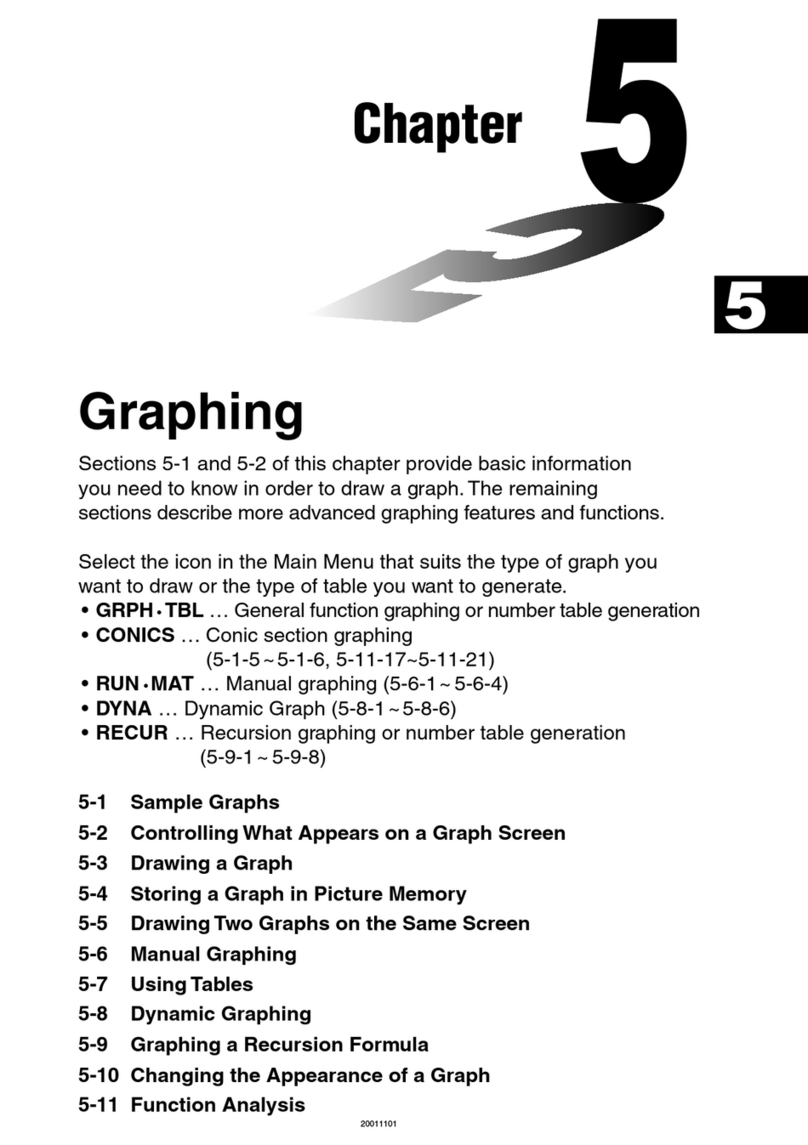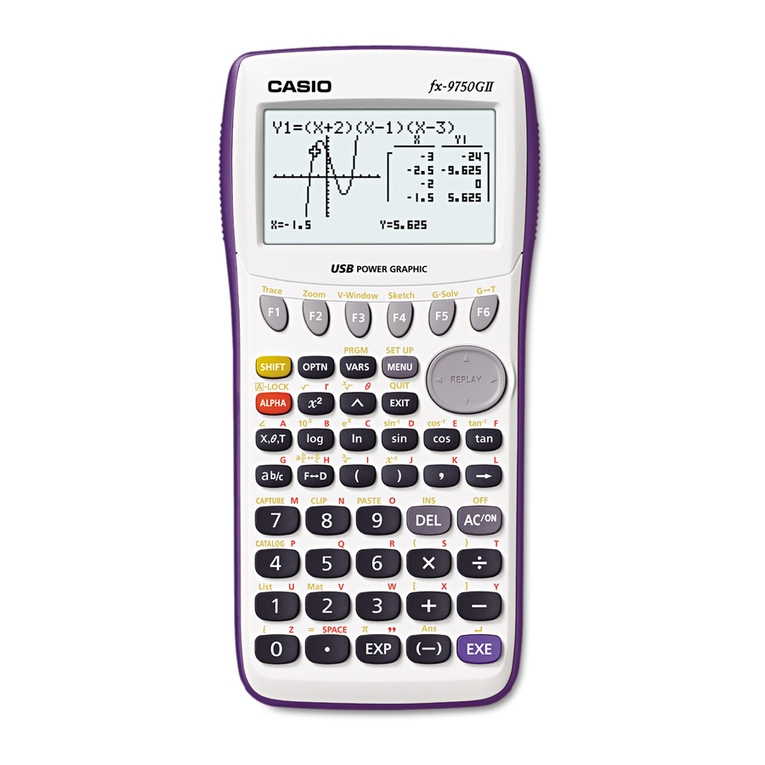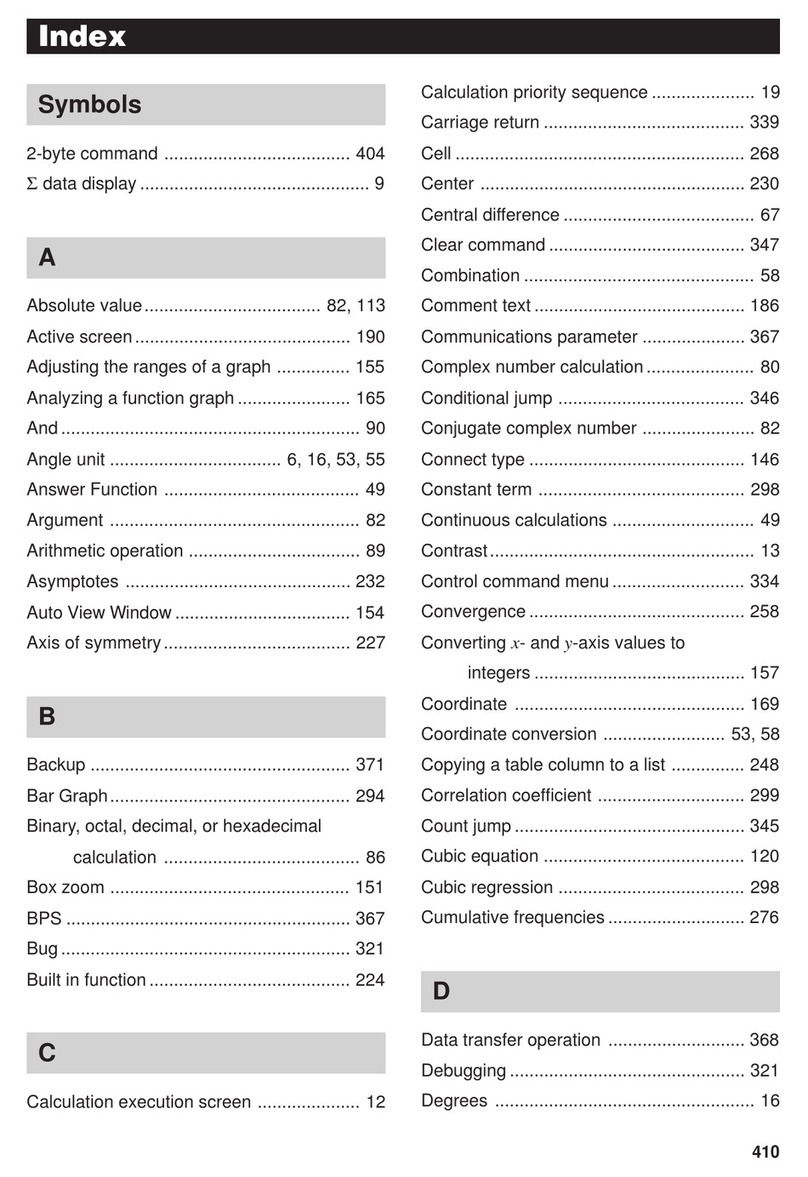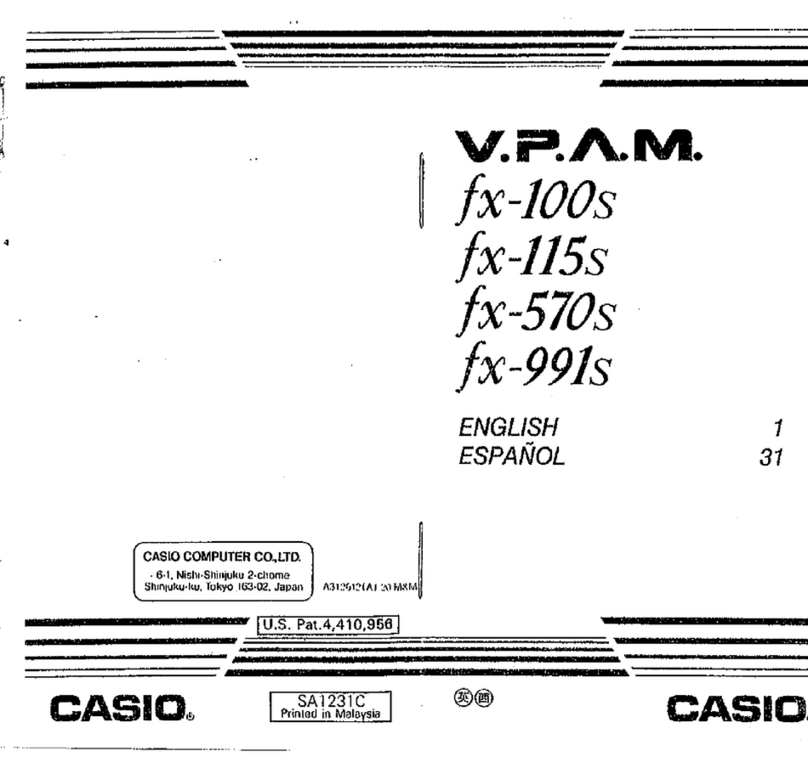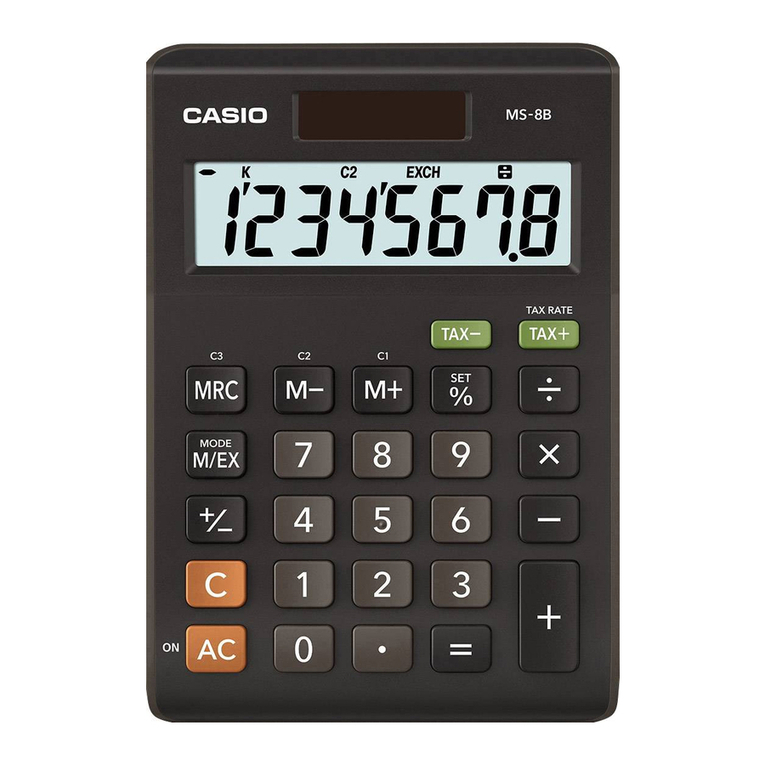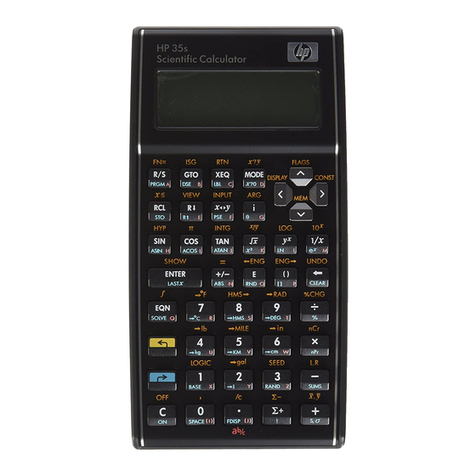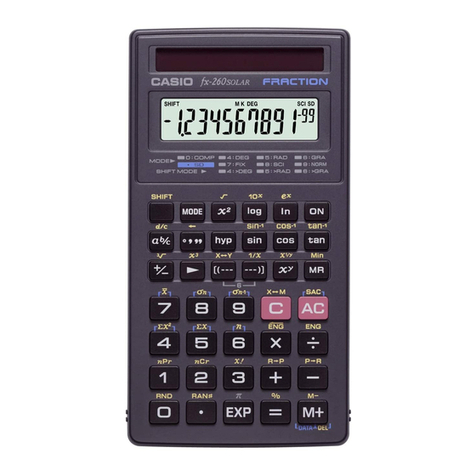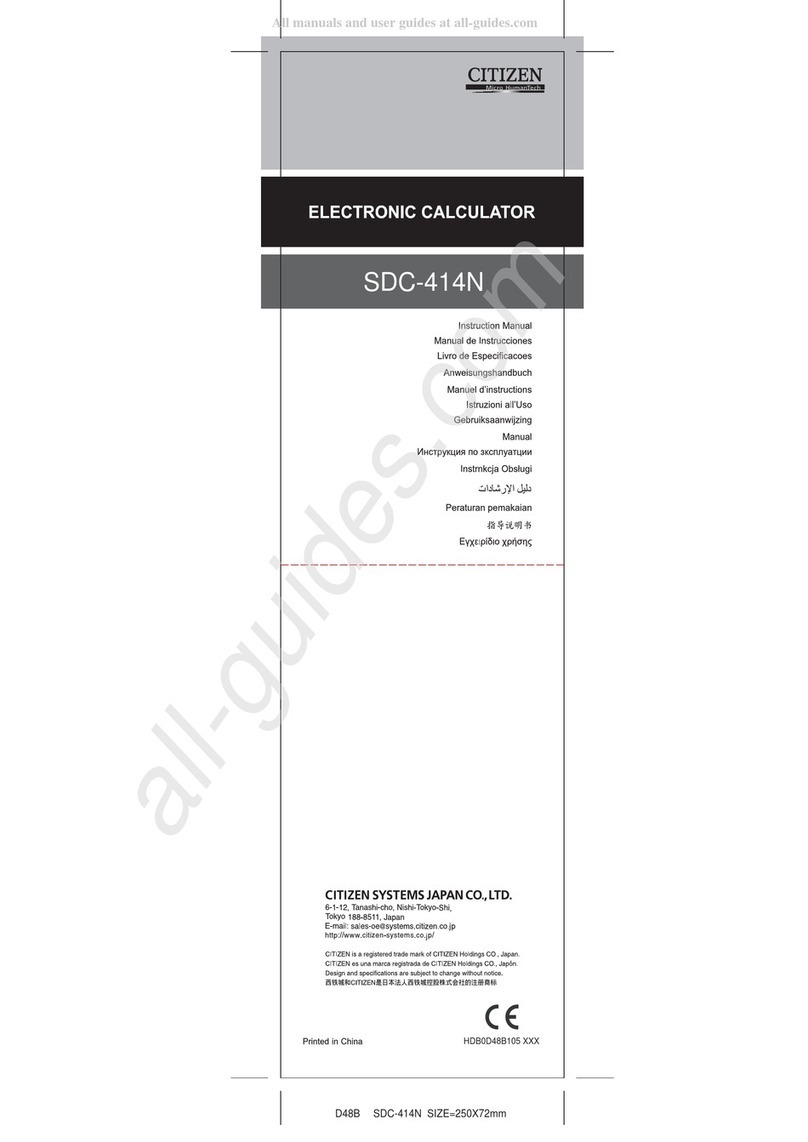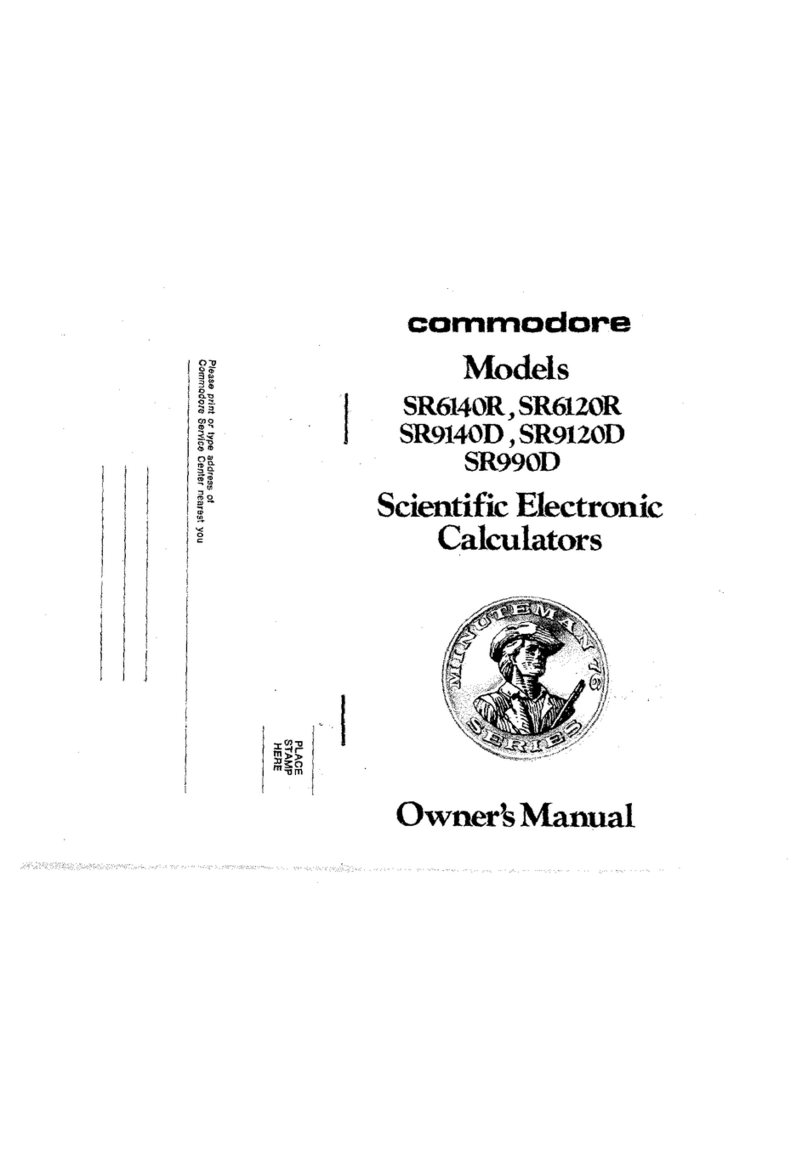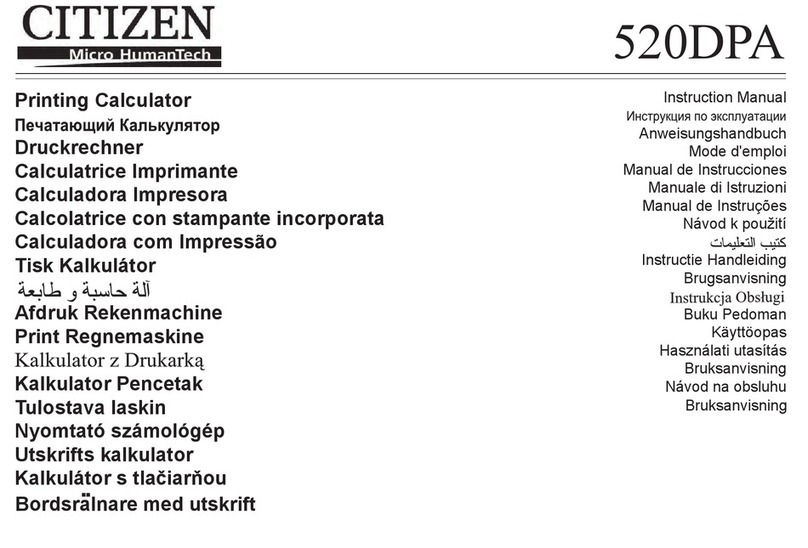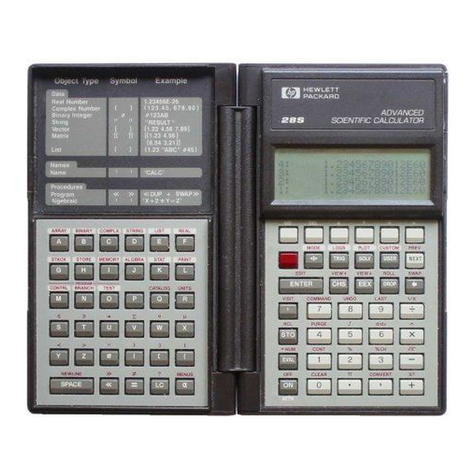
ii
Purpose of this booklet…
This booklet is not intended to replace the fx-350MS User’s Guide, nor any mathematics
reference book. It is written with the hope that users of fx-350MS scientific calculator, especially
students, can acquire what we called “calculator skills”. These skills will not be tested in PMR
and SPM examinations. However, we believe having developed these skills, students’ interest in
studying mathematics will be enhanced further. Perhaps they would have more fun exploring and
investigating new mathematical ideas and concepts, and we wish to see in future students enjoy
doing mathematics and tackling challenging mathematical problems.
Structure of this booklet…
The booklet is written with the assumption that the user has secondary school
mathematics background. As it is designed for Form 2 to Form 5 students, worked examples in
this booklet are selected problems from some topics in PMR’s Mathematics and SPM’s
Mathematics and Additional Mathematics. A section called Quick Check is put in for users to try
out and gauge their “calculator skills”. Three activities are included in the Exploration and
Investigation section so that users may extend the use of fx-350MS to learn mathematics beyond
the conventional paper-pen-practice situation. Extension of some worked examples and short-cuts
on using the fx-350MS to perform calculations are included within these pages. Appendix 1 is a
list of English ~ Bahasa Malaysia mathematical terms used throughout the booklet.
Using this booklet…
Suppose you have no prior knowledge of using scientific calculator, then you should
begin by going through the worked-examples in Chapter 1-Let’s Get Started. Subsequently, you
should attempt exercises in Quick Check 1 to gauge your ‘calculator skills’, as this will help to
boost your confidence level. The worked examples in Chapter 2 to Chapter 8 range from Form 2
to Form 5 levels, thus we suggest that you select the topics that you are familiar with. You can
then attempt exercises in Quick Check 2, and try the Exploration and Investigation activities
during your leisure time.
Understanding the theories of mathematics requires one to spend time in improving and
reinforcing the fundamental principles by working through exercises provided in textbooks and
reference books. May this booklet and the fx-350MS scientific calculator help you in achieving
this.
Textbook,
Reference Books
Exercises User
Focus
Let’s Get
Started
Quick
Check 1
Exploration
Investigation
Quick
Check 2
Chapter 2
to 7
